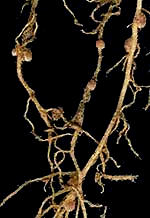chief bigsmoke
Active member
you can find rice husk at farm feed stores but the peat and rice husk mix is from a horticulture wholesale supply in the lower mainland, you have to register a farm or business account to be able to buy from them unfortunately.
Thanks bro! that's exactly the info we needed... appreciated




















